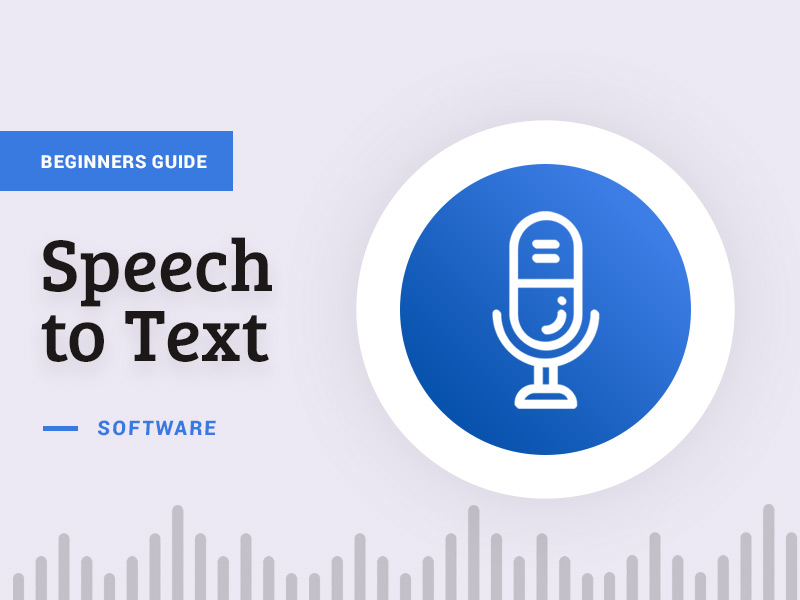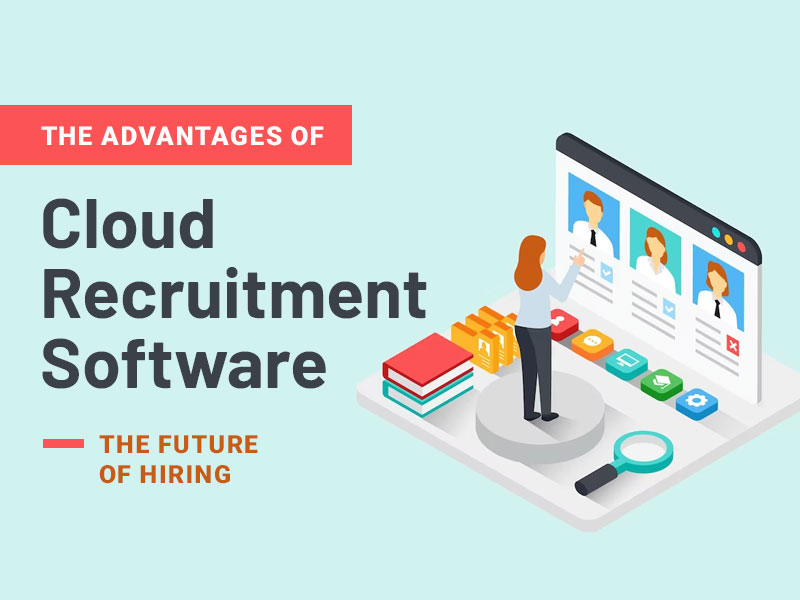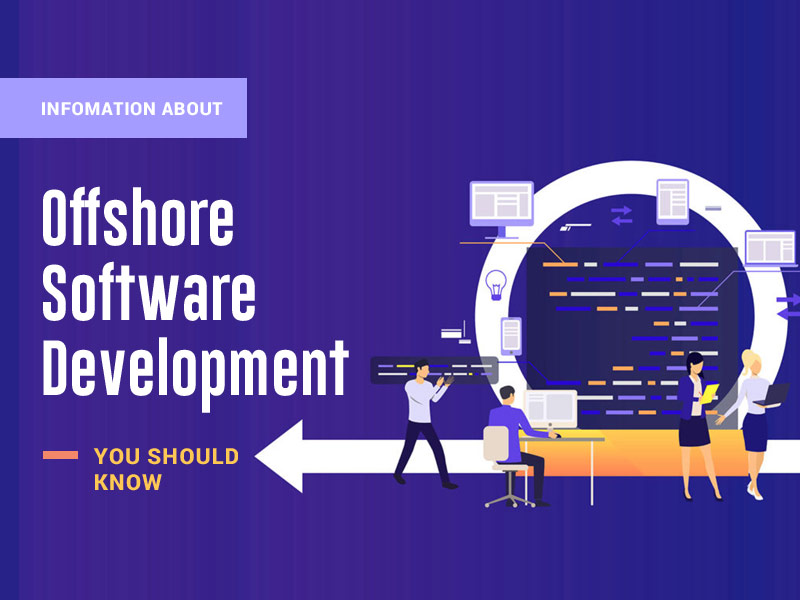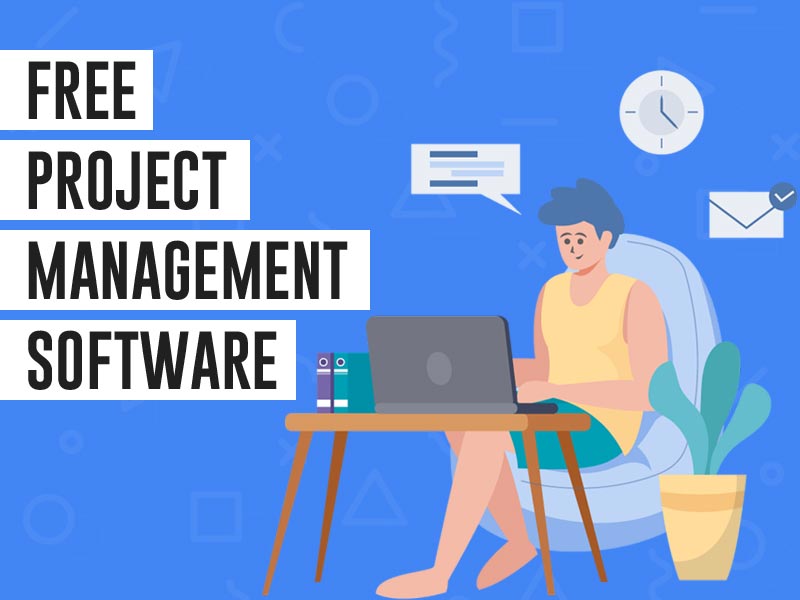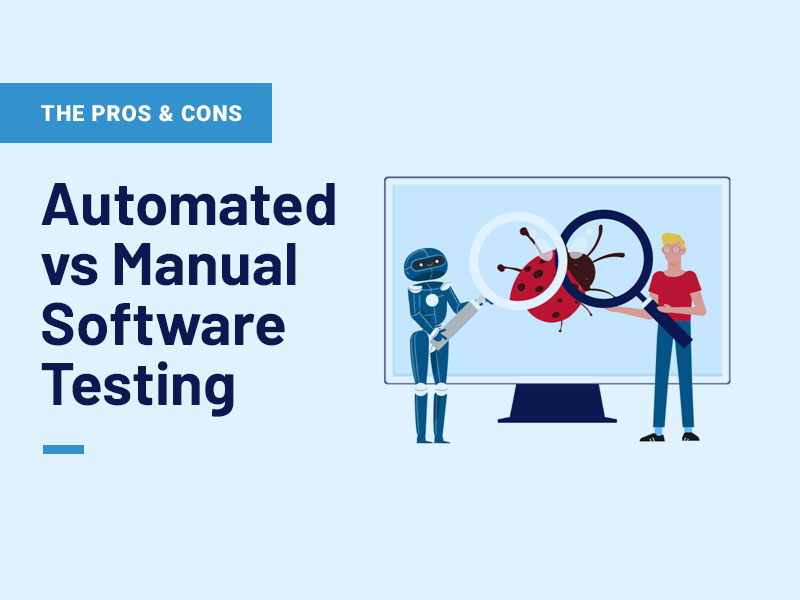Speech-to-text software bills itself as a one-stop shop for transcription services, giving the low-cost, easy-to-use, accurate, and quick transcript you’ve been looking for. Is it, however, as good as the hoopla suggests? What exactly is speech-to-text software?
In a nutshell, speech-to-text software, also known as automatic speech recognition (ASR) software or voice-to-text software, is a computer program that sorts auditory data and converts them into words using Unicode characters utilizing linguistic algorithms.
Simply said, voice-to-text software ‘listens’ to audio and produces a verbatim transcript that can be edited.
On the internet, there are a plethora of automatic transcription service providers. Most offer compelling price points that anyone familiar with human transcription services will find appealing — average around £0.10 per minute of recorded audio, and some are even free.
The majority claim accuracy rates of 90 percent to 95 percent. This is only true for ‘clean’ recordings, which is crucial to understand before choosing whether ASR software can satisfy your transcription needs.
Before you get too excited and forego your transcription budget in favor of speech-to-text software, it’s a good idea to brush up on your knowledge of the technology. Here’s a rundown of the facts about speech-to-text software and how it compares to traditional human transcription services.
How Does Speech to Text Software Work?
The process of turning speech into text entails several processes. When you speak, you send out a series of vibrations. The analog-to-digital converter, or ADC, converts these into digital language.
By sampling sounds from an audio file and taking regular, very detailed measurements of the waves, the ADC is able to complete this conversion. A filter in the system distinguishes significant noises and differentiates frequencies. The speaking speed is also adjusted, and the loudness is set to a preset level.
The signal is then segmented into hundredths or thousandths of seconds, and these segments are matched to phonemes (a phoneme is a unit of sound that distinguishes one word from another in a particular language). The English language contains over 40 phonemes. Each phoneme is then investigated and evaluated in connection to other phonemes in the vicinity, and the system compares the network of phonemes to well-known sentences, particular words, and phrases using a complex mathematical model. The system then generates text using natural language processing based on what the person is most likely to have said. This can be in the form of a chunk of text (text file) or final computer instruction.
The Good, the Bad, and the Ugly of ASR/Speech to Text Software
On the surface, ASR appears to be a fantastic solution. However, if you dig a little deeper, you’ll find that there are certain difficulties, notably with certain sorts of recording. When comparing ASR with human-based transcription services, it’s important to consider the pros, cons, and ugly.
The Benefits of Speech to Text Software
The most major benefits of ASR are its quickness and low cost. Automatic speech recognition (ASR) provides quick results and, in some situations, can even provide real-time service. The accompanying cost is likewise significantly cheaper than that of human services.
Some companies charge by the minute. Others have a set monthly price. You are usually limited to a certain number of uploads per month with fee-based programs. You should anticipate spending roughly £0.07-£0.10 per minute of audio for an automatic transcription service, regardless of how you’re charged.
A few services, on the other hand, are completely free. You are more likely to receive significantly better outcomes if you pay for transcription software access. But first, let’s look at some of the issues with speech-to-text software.
The Drawbacks of Speech to Text Software
The ability of automatic voice recognition technology to produce solely verbatim text is one of its key drawbacks. In the absence of a human, the system can only transcribe what is already present. As a result, you may wind up with a transcript that is difficult to read.
It’s very usual to hesitate, make noises like ‘erm’, and stumble over specific words when speaking. Everything on the tape will be included in verbatim text. Human services can tidy this up and provide a far more understandable transcript while retaining all of the original recording’s detail and accuracy.
The Ugly Side of Speech to Text Software
The accuracy of ASR is the most concerning component. Even the greatest speech-to-text software seldom achieves accuracy rates of more than 80%, which means you’ll have to spend time and effort correcting and improving your work.
ASR can generate nonsensical results if there are ‘complicating’ elements. You’ll need ‘clean’ audio recordings to receive a passable transcript from a speech-to-text service. That means a high-quality recording of people speaking carefully, one at a time, without accents, and with minimal background noise.
ASR may also have difficulty understanding specialized language or recognizing brand names and industry jargon. To prevent such issues, most human transcription services will allow you to offer a glossary of words or connect you with a transcriber who has knowledge in the relevant field. It is possible to train ASR software for specific sectors or themes over time, but this takes effort and is unlikely to be what you get out of the box.
How ASR Compares to Human-Assisted Transcription Services
Speech-to-text technologies and human-based transcription services have some important differences.
Cost
For many people, price is a major consideration, and human transcription services are much more expensive than ASR. Some ASR services are free, while the majority charge between £0.10 and £0.20 per minute. Human services, on the other hand, normally charge around £2 per minute. For long turnaround periods, lower pricing may be possible. Even if you can wait a week for your transcript, a human-based service will be more expensive than speech to text software.
Time
Human services function over a considerably longer period of time than ASR. Human services often have a turnaround time of 12-24 hours, with many offering a delivery time guarantee. ASR is substantially faster, generating transcripts in a matter of seconds. You’ll almost certainly be charged more if you need a human-based transcription right away.
Versatility and Options
The only way to get a verbatim transcript with ASR is if the speech recognition software is up to the task in terms of accuracy. Human-based services provide a far wider range of possibilities, such as verbatim and detailed notes. Most human-based transcribing services’ verbatim option will still remove errors, reduce pauses, and ‘ums’ and ‘errs,’ resulting in a version that is considerably easier to read (unless you request to have all the detail left in). Detailed Notes take it a step further by providing a more condensed transcript. This can involve summarising inquiries and deleting chit-chat and pleasantries that are off-topic.
Quality and Confidence
When you use human-based transcription services, you can be sure that the outcome will be of higher quality. Human services have quality control guarantees and normally deliver accuracy rates of 99 percent or higher, with the exception of audio that is utterly indecipherable.
Transcripts will be proofread for you, so you won’t have to spend time verifying the text or making changes yourself. If you utilize ASR, you may discover that you have to spend a significant amount of time searching through the text for errors, correcting garbled text, and deleting words and undesirable noises.
Summary: Speech to Text is a cost-effective solution
Speech-to-text software is a cost-effective option for individuals in need of transcribing services quickly.
Because ASR is so inexpensive, and often even free, it’s worth trying to see what type of results you can get. You can figure out what kind of sound quality is required to create understandable results by experimenting with different alternatives.
You must invest in making a high-quality recording to produce a good-quality transcription with ASR. However, you will need to invest in a human-based service if you want a variety of options, an exact transcription, and unrivaled attention to detail.
